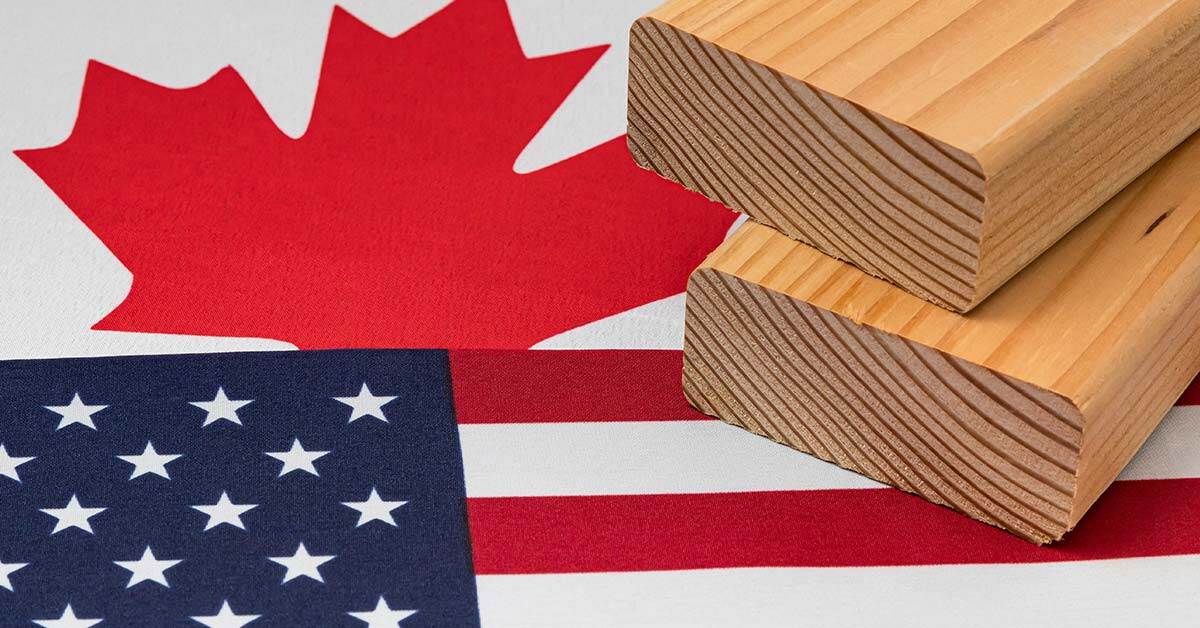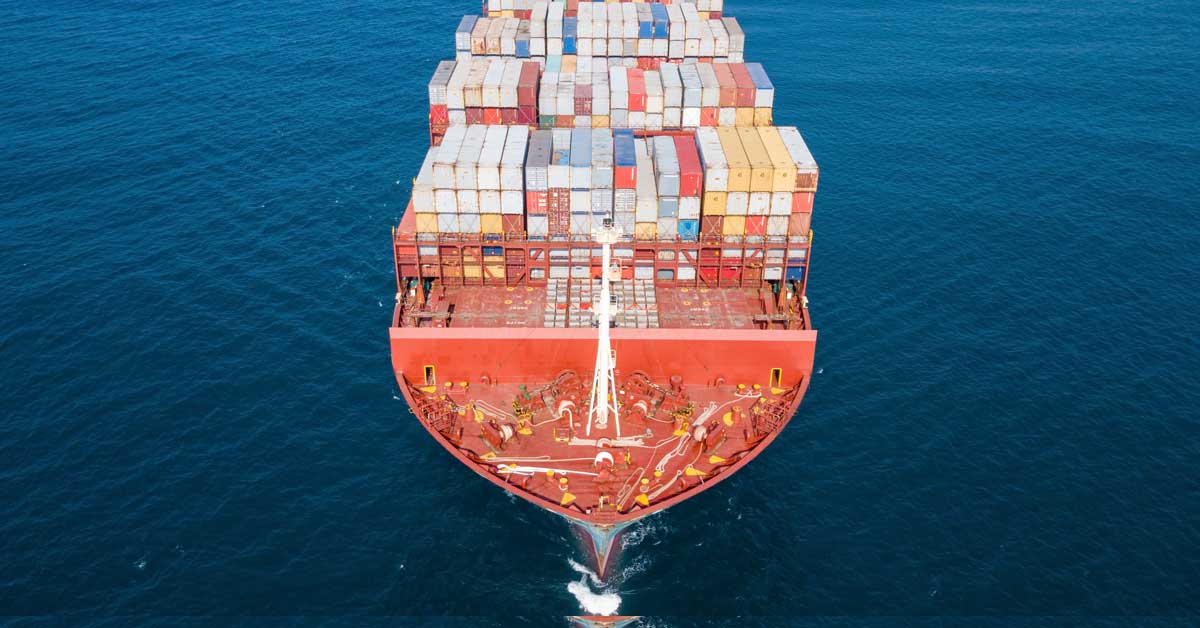3 min read
U.S. Tariffs on Canadian Lumber: What’s Happening Now and What’s Next – April 2025 Update
ResourceWise
:
Apr 7, 2025 11:23:20 AM

Summary
- The current tariff rate on Canadian softwood lumber is 14.54%.
- The additional 25% tariff proposed in March was delayed and ultimately exempted for lumber on April 2, avoiding a jump to 39.5%.
- Future increases are anticipated, with the Commerce Department’s next review possibly pushing rates to 27% or more by late 2025, and the Section 232 investigation adding further uncertainty.
Current Tariff Landscape
As of today, Canadian softwood lumber entering the United States is subject to a combined 14.54% tariff rate, comprising anti-dumping and countervailing duties. This rate was set by the U.S. Department of Commerce in August 2024 during its fifth administrative review, nearly doubling the previous rate of 8.05%. For context, Canadian lumber accounts for roughly 30% of the U.S. softwood lumber supply, making these duties a significant factor for downstream industries like homebuilding and manufacturing.
Recent Developments: Tariff Threats and Industry Responses
In early 2025, the trade landscape took a dramatic turn when U.S. President Donald Trump announced a 25% tariff on nearly all Canadian goods, set to begin March 4, 2025. This move, framed as a response to border security concerns—including fentanyl trafficking and immigration—would have pushed the effective tariff rate on Canadian lumber to 39.5% (14.54% existing duties plus the new 25%). This posed a potential shock to supply chains, threatening higher costs for U.S. buyers and margin pressures for Canadian producers.
However, intense lobbying from industry groups, including the National Association of Home Builders (NAHB), and negotiations with Canada led to a reprieve. On March 6, 2025, the White House delayed the 25% tariff for one month—until April 2, 2025—for goods compliant with the United States-Mexico-Canada Agreement (USMCA), which covers softwood lumber. On April 2, the administration went further, exempting Canadian softwood lumber from the new 25% reciprocal or baseline tariffs applied to other Canadian goods. This exemption was a critical win for the forest value chain, maintaining the status quo at 14.54% and avoiding a cost spike that could have disrupted markets.
Potential Increases and Section 232 Investigation
While the exemption offers temporary relief, B2B stakeholders should brace for potential increases in the near future. The U.S. Department of Commerce is conducting its sixth administrative review of softwood lumber duties, with results expected in late summer or early fall 2025. Preliminary indications suggest the combined duty rate could rise to 27% or higher, with some estimates pointing to rates exceeding 34%. Such an increase would significantly impact pricing and competitiveness, particularly for Canadian exporters already navigating tight margins.
Adding to the uncertainty, a Section 232 national security investigation, ordered on March 1, 2025, is examining whether lumber imports threaten U.S. security. This probe, conducted under the Trade Expansion Act, could lead to additional tariffs or quotas, potentially stacking atop existing duties. While no timeline or specific rates have been confirmed, the investigation signals a broader U.S. push to protect domestic industries, which could reshape trade dynamics for years to come.
Implications for the Global Forest Value Chain
For B2B stakeholders, these developments carry far-reaching implications:
- Canadian Producers: The current 14.54% tariff, while manageable for some, continues to erode profitability. A potential jump to 27% or more in 2025 would intensify pressure, possibly forcing smaller mills to consolidate or exit the market. Diversifying export markets—such as Asia or Europe—could mitigate risks but requires significant investment.
- U.S. Buyers and Distributors: The exemption from the 25% tariff is a reprieve, but looming duty increases threaten higher input costs. Homebuilders, in particular, face challenges as lumber prices remain volatile. Sourcing from alternative suppliers, such as U.S. or European mills, may become more attractive, though supply constraints and logistics could limit scalability.
- Global Supply Chain Managers: With Canada supplying a third of U.S. softwood lumber, tariff hikes could ripple through global markets, pushing buyers to compete for limited supplies elsewhere. This could drive up prices in regions like Europe or South America, where demand is already growing.
- Sustainability and Investment: Higher tariffs may incentivize investments in domestic U.S. production or alternative materials like mass timber. However, scaling these solutions takes time, leaving short-term gaps that could strain supply chains.
Looking Ahead
The U.S.-Canada softwood lumber trade remains a high-stakes arena, with tariffs shaping costs, competitiveness, and investment decisions across the global forest value chain. While the April 2 exemption from the 25% tariff offers breathing room, the prospect of higher duties in 2025 demands proactive planning. By staying agile and informed, B2B stakeholders can position themselves to weather the storm and seize opportunities in a shifting market.




